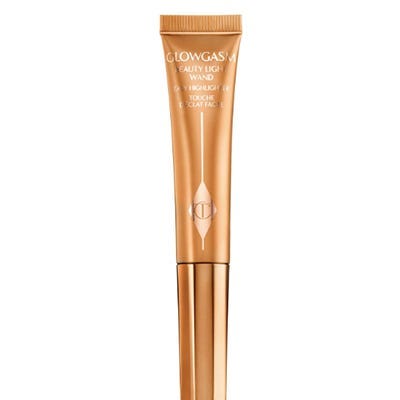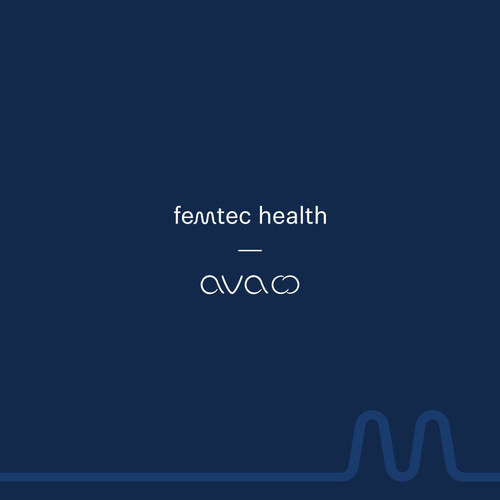
Edible beauty, postbiotics and Reductarianism – the food trends that will take over 2022
New food trends can be great news for our health, and 2021 was no exception.
Last year saw a sales boom in air fryers – a fat-free alternative to the deep-fat fryer; we rediscovered a love for heart-healthy canned fish, and barbecued watermelon became the must-have summer fruit.
The ongoing pandemic meant we cooked more and plant-based diets continued to take centre stage.
So what’s in store for 2022?
Eating for immunity
Last year saw a 25{1fe914e106df6225bb3c67f37dba2a8b6830f14e47c21384029ab7e72e228722} increase in new products promising to support immunity – and the trend is set to continue in 2022.
Mintel research shows that many companies are planning to launch new immune-friendly foods and drinks, with active botanicals (plant substances) taking the spotlight. In truth, no individual food or supplement can improve immunity, but eating a healthy, varied diet provides immune-friendly nutrients, including vitamins A, B6, B12, C and D, as well as folate, iron, zinc, copper and selenium.
Get all the latest news sent to your inbox. Sign up for the free Mirror newsletter
(
Image:
Getty Images/Westend61)
Postbiotics
Move over probiotics and prebiotics – 2022 will introduce us to postbiotics.
The new kid on the block in gut health, postbiotics are the byproducts and chemicals made when probiotics (the good bacteria in our gut) feed on prebiotics (mostly fibre-rich foods).
It’s thought postbiotics may explain the many health benefits of probiotics, which include keeping our gut and immune systems healthy.
More research is needed to confirm the effectiveness of postbiotic supplements, so you’d be better incorporating fermented foods such as kimchi, kefir and kombucha – big news last year – into your diet for now.
Blended proteins
Blending animal and plant proteins helps us to eat better for the planet and our health – and it’s set to take off in 2022.
Early signs of the trend began last year. Sainsbury’s Halfest campaign recommended mixing half pulses with half meat, while The Laughing Cow launched its Blends Chickpea & Herbs Cheese Spread, combining dairy and plant in portion-controlled triangles.
Nutritionists love the blend trend – it helps give a more complete range of nutrients. For example, chickpeas are packed with fibre, not found in dairy products, and are lower in saturated fat than cheese.
So adding chickpeas to cheese helps reduce the overall saturates content, while adding to the nutrients, such as calcium, already found in cheese spread. Expect more blended proteins this year.
(
Image:
Getty Images)
Reductarianism
Vegan diets may have grabbed headlines in 2021, but bubbling beneath has been the rise of reductarianism.
Another name for flexitarianism, one in five of us is thought to have adopted this way of eating – a mainly plant-based diet which allows for reduced amounts (see what they did there) of meat, fish or dairy occasionally.
It’s the perfect compromise for those who want to eat a more plant-based diet but don’t want to give up the occasional burger or steak.
Reductarianism provides the benefits of a mainly plant-based diet with the bonus of adding nutrients sometimes lacking in vegan diets, such as vitamin B12 ( found in meat, fish, eggs and dairy), iodine ( from dairy and seafood), omega-3 fats (in oily fish), vitamin D (again oily fish and eggs), calcium (in dairy) and iron (most abundant in red meat).
(
Image:
Getty Images/Westend61)
Edible beauty
Forget potions and lotions! This year we’ll move from the bathroom to the kitchen for our beauty treatments.
Collagen and hyaluronic acid – two ingredients added to moisturisers and serums to keep skin looking younger, firmer and more hydrated – are starting to be added to foods, where it’s thought they’re better absorbed into the body.
We need more research to see whether skin really does benefit when these expensive ingredients are added to smoothies and shakes, but we are certain that a healthy diet provides many skin-loving nutrients, including vitamin A, B vitamins, zinc, copper and iodine. Vitamin C is needed to make collagen so achieving five-a-day is a good start.
Food for mental wellbeing
The pandemic has affected our mental health. Last summer, a survey found that one in six adults was depressed, with stress and anxiety affecting many of us.
In response, we can expect to see more products promising to support our brain, cognitive and psychological function, and mental performance as they contain nutrients such as DHA (an omega-3 fat), B vitamins, magnesium, zinc, iron and iodine.
For a more complete picture, enjoying a Med-style diet packed with fruit, veg, grains, nuts and seafood, less meat and small amounts of dairy has been shown in many studies to benefit our mental health.
(
Image:
Getty Images)
NOLO beverages
With many of us going teetotal, expect to see more NOLO beverages – that’s no and low alcohol beers, wines and spirits – in supermarkets and when eating out.
Food tourism at home
With holidays on hold, in 2021 many of us “travelled” without leaving home by cooking worldwide dishes. In 2022, expect to see more exotic dishes on menus when eating out – our taste buds will travel to the Philippines, Peru, Burma and Scandinavia. It’s great news for health as traditional dishes from these countries are packed with nutrient-rich veg, fruit or seafood.
The breakfast makeover
Breakfasts look set to become more adventurous as we continue working from home, with Middle Eastern shakshuka (eggs baked in a rich tomato sauce) and Mexican breakfast burritos on the up. Eating breakfast helps us meet nutrient needs – just make sure modern makeovers don’t provide more calories, fat, sugar and/or salt than a bowl of porridge or toast!
Calories on menus
In April 2022, a new law means large restaurants, cafes and takeaways will have to start displaying calories on their menus, something brands including McDonald’s and KFC have done for years. The idea is it will help us to make healthier choices and encourage restaurants to put lower calorie options on the menu.
Potato milk
One in three of us now drinks plant milks, with oat milk currently our top choice. In 2022, potato milk is set to be the latest fad. Look for unsweetened varieties and those fortified with calcium and vitamins B12 and D, such as DUG Original Potato (dugdrinks.com).
Read More
Read More




